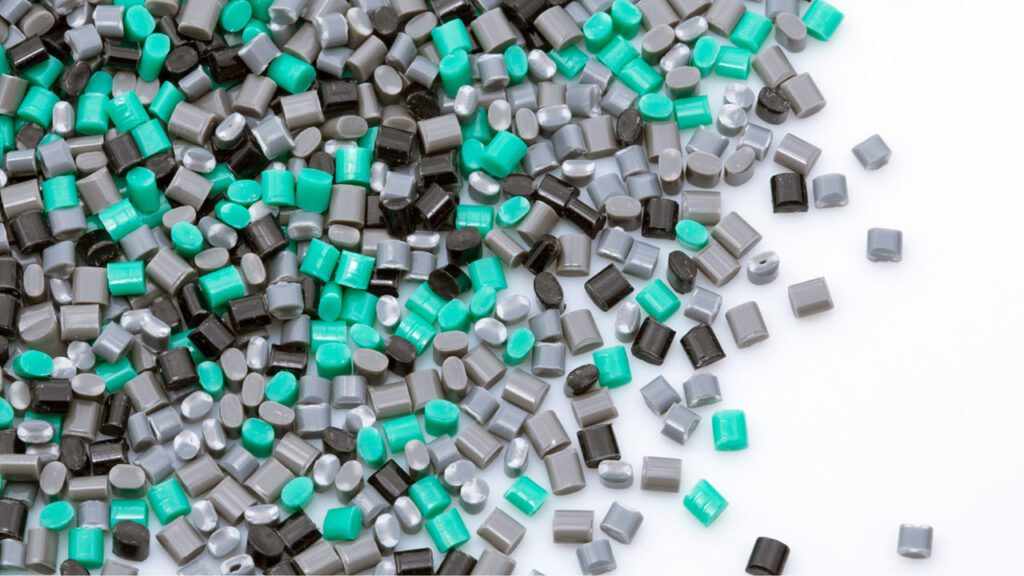
The global gems and jewelry market has witnessed remarkable growth in recent years, with consumers increasingly seeking unique pieces that reflect both their personal style and values. The industry, valued at over $250 billion, continues to evolve with changing consumer preferences, technological advancements, and sustainability concerns.
The Evolution of Modern Jewelry Industry
The Gems And Jewelry industry has transformed significantly from its traditional roots, embracing modern technology and innovative design approaches. Today's market combines centuries-old craftsmanship with cutting-edge techniques like 3D printing and computer-aided design (CAD). This fusion has enabled jewelers to create more intricate pieces while maintaining efficiency in production. Major luxury brands and independent designers alike are leveraging these advancements to meet the sophisticated demands of contemporary consumers.
The growing middle class in emerging economies, particularly in Asia-Pacific regions, has contributed substantially to market growth. China and India, with their rich cultural heritage in jewelry, remain key players in both consumption and production. The rise of online retail platforms has further democratized access to fine jewelry, allowing consumers to explore and purchase pieces from artisans worldwide.
Sustainable Practices and Ethical Sourcing
Environmental consciousness and ethical considerations have become central to the gems and jewelry industry. Companies are increasingly adopting transparent supply chains and sustainable practices in response to consumer demand. The Kimberley Process Certification Scheme has been instrumental in preventing conflict diamonds from entering the mainstream market, while initiatives like Fairmined Gold support responsible mining practices.
Leading jewelry houses are investing in recycled precious metals and working with laboratories that specialize in growing diamonds. These lab-grown diamonds offer an eco-friendly alternative to mined stones, producing fewer carbon emissions and requiring less water consumption. The trend towards sustainability has also sparked innovation in packaging, with many brands switching to recyclable materials and minimal designs.
Investment Value and Market Trends
Fine jewelry continues to be viewed as a valuable investment option, particularly during economic uncertainty. Unlike many other luxury items, precious gems and metals often retain or increase in value over time. Rare colored diamonds, exceptional quality emeralds, and vintage pieces from prestigious houses have shown significant appreciation in recent years.
The market has seen a surge in demand for personalized and customized jewelry. Consumers are increasingly seeking pieces that tell their personal stories or reflect their individual style. This trend has led to the rise of bespoke jewelry services and the integration of technology that allows customers to participate in the design process.
Digital Transformation and E-commerce
The digital revolution has fundamentally changed how consumers discover, purchase, and interact with jewelry brands. Virtual try-ons, augmented reality applications, and detailed product visualization tools have made online jewelry shopping more accessible and confident. Social media platforms have become crucial marketing channels, with influencers and digital content creators playing significant roles in shaping trends and consumer preferences.
Traditional jewelry houses have adapted by developing omnichannel strategies that blend online convenience with the personal touch of physical retail experiences. Many have introduced virtual consultations, digital showrooms, and seamless online-to-offline services to meet evolving consumer expectations.
Emerging Markets and Growth Opportunities
Developing economies present significant growth opportunities for the gems and jewelry industry. Rising disposable incomes, increasing urbanization, and growing awareness of international brands have created new markets for both fine and fashion jewelry. Countries in Southeast Asia and Latin America are showing particular promise, with young consumers driving demand for contemporary designs and sustainable options.
The industry is also seeing innovation in materials and design, with alternative metals like palladium gaining popularity and traditional gems being used in modern, unconventional ways. This evolution has opened new market segments and attracted younger consumers who might not have previously considered fine jewelry purchases.
Regulatory Framework and Industry Standards
The gems and jewelry industry operates within a complex regulatory environment designed to ensure product quality, protect consumers, and prevent illegal practices. International standards for grading diamonds and colored stones, hallmarking requirements for precious metals, and anti-money laundering regulations all play crucial roles in maintaining market integrity.
Industry organizations and trade bodies continue to develop new standards and certifications to address emerging challenges, particularly in sustainability and ethical sourcing. These efforts have led to increased transparency and accountability throughout the supply chain, benefiting both businesses and consumers.
As the industry moves forward, several key trends are likely to shape its future. Artificial intelligence and blockchain technology are being explored for authentication and supply chain tracking. The growing importance of sustainability is driving research into alternative materials and manufacturing processes. Meanwhile, changing consumer demographics and preferences are encouraging innovation in design and marketing strategies.
Get More Insights - Gems And Jewelry
Get This Report in Japanese Language - 宝石とジュエリー市場
Get This Report in Korean Language - 보석 및 주얼리 시장
Read More Articles Related to this Industry -
Emerging Trends in Consumer Goods: The Rise of Meal Kit Services
Sustainable Packaging: The Next Big Trend in Consumer Goods for 2025
The Rising Demand for Accountability in the Consumer Goods Industry
About Author:
Vaagisha brings over three years of expertise as a content editor in the market research domain. Originally a creative writer, she discovered her passion for editing, combining her flair for writing with a meticulous eye for detail. Her ability to craft and refine compelling content makes her an invaluable asset in delivering polished and engaging write-ups.
(LinkedIn: https://www.linkedin.com/in/vaagisha-singh-8080b91)




















Write a comment ...